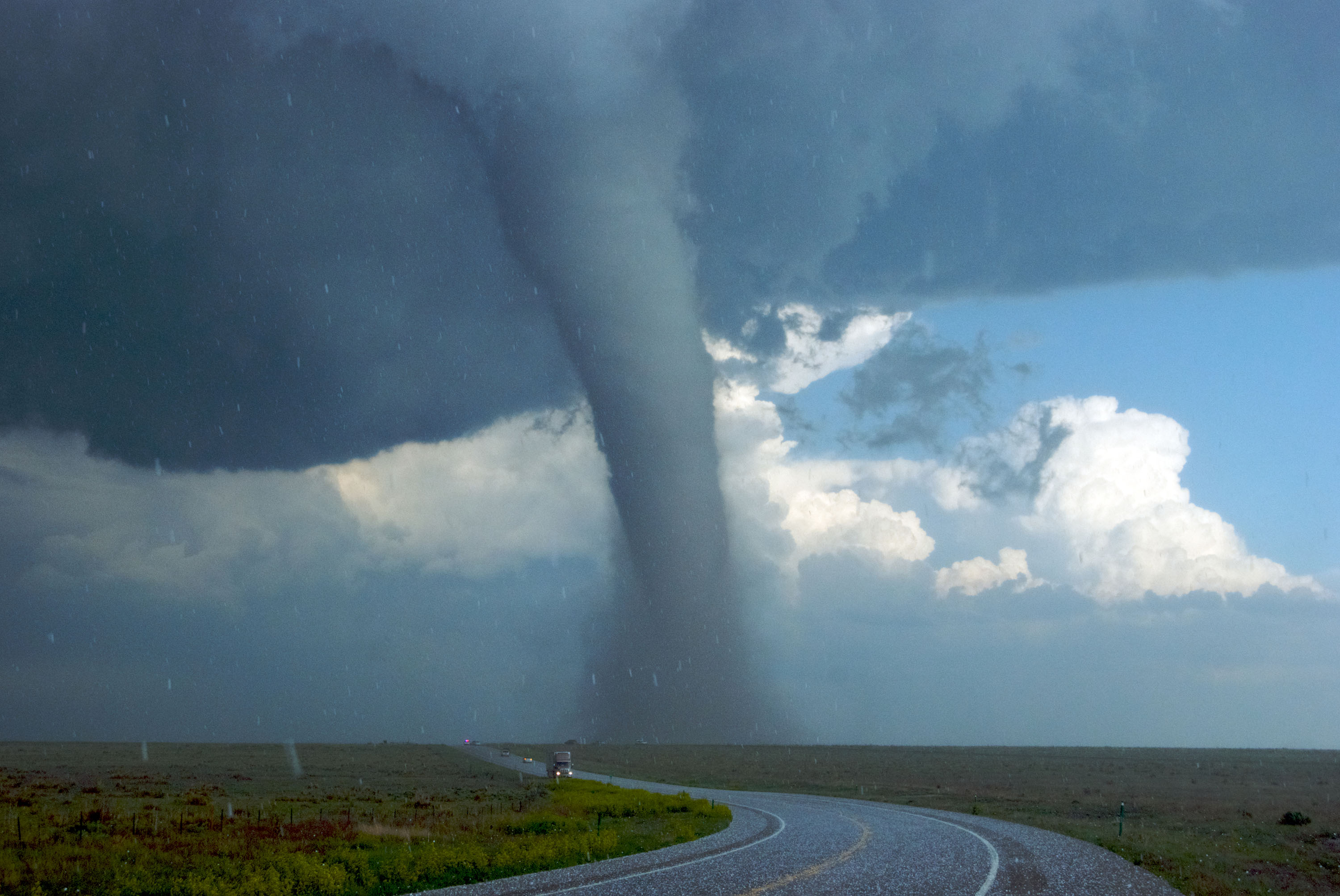As weather-related events continue to occur with great frequency and severity across the country, it’s possible that one of your 401(k) participants might request a hardship distribution to pay for home repairs. Employers that sponsor 401(k) plans must be prepared to properly determine whether the damage to a participant’s home qualifies for the casualty loss safe harbor.
Similarities and differences
Under the casualty loss safe harbor, a 401(k) plan may make a hardship distribution to pay for repairs to a participant’s principal residence that would qualify for a casualty loss deduction for federal income tax purposes.
The casualty loss deduction is generally available for “losses of property not connected with a trade or business or a transaction entered into for profit, if such losses arise from fire, storm, shipwreck, or other casualty.” The deduction cannot be claimed unless the losses:
- Are at least $100,
- Exceed 10% of the individual’s adjusted gross income, and
- Are attributable to a federally declared disaster for taxable years beginning before 2026.
However, neither the 10% threshold nor the federally declared disaster requirement applies when determining whether losses qualify for the casualty loss safe harbor of a 401(k) plan.
Suggested documentation
To determine whether the participant qualifies for a hardship distribution under the casualty loss safe harbor, your plan must verify that the damage was to the participant’s principal residence — not a second home or some other personal property. You also need to confirm that the cost to repair the damage is $100 or more. To do so, gather proof of:
Principal residence. Common examples of acceptable documentation include a tax return, driver’s license or voter registration card.
Casualty loss amount. Participants should provide a written statement describing the damage — including the cause, the date that the damage occurred and the necessary repairs. Photos of the damage can be attached. Evidence of the repair cost might include estimates (or invoices if the repairs have been completed), and proof that insurance proceeds didn’t cover the costs.
Financial need. Participants must establish that they lack other resources to cover the loss. In addition, they need to demonstrate that the requested amount doesn’t exceed the total cost of the home repair plus any federal, state, and local taxes or penalties reasonably expected to result from the distribution.
Under the general, post-2019 standard for hardship distributions, participants must first obtain other available distributions from your 401(k) plan and certain other plans. They also should state, in writing, that they lack reasonably available liquid assets to satisfy the need.
Critical stopgap
Hardship distributions can serve as a critical financial stopgap under the right circumstances. However, both the participant and employer need to know the rules and follow them carefully. Contact us with any questions you might have about the tax and financial impact of employee benefits.
____________________________________
We highly recommend you confer with your Miller Kaplan advisor to understand your specific situation and how this may impact you.



